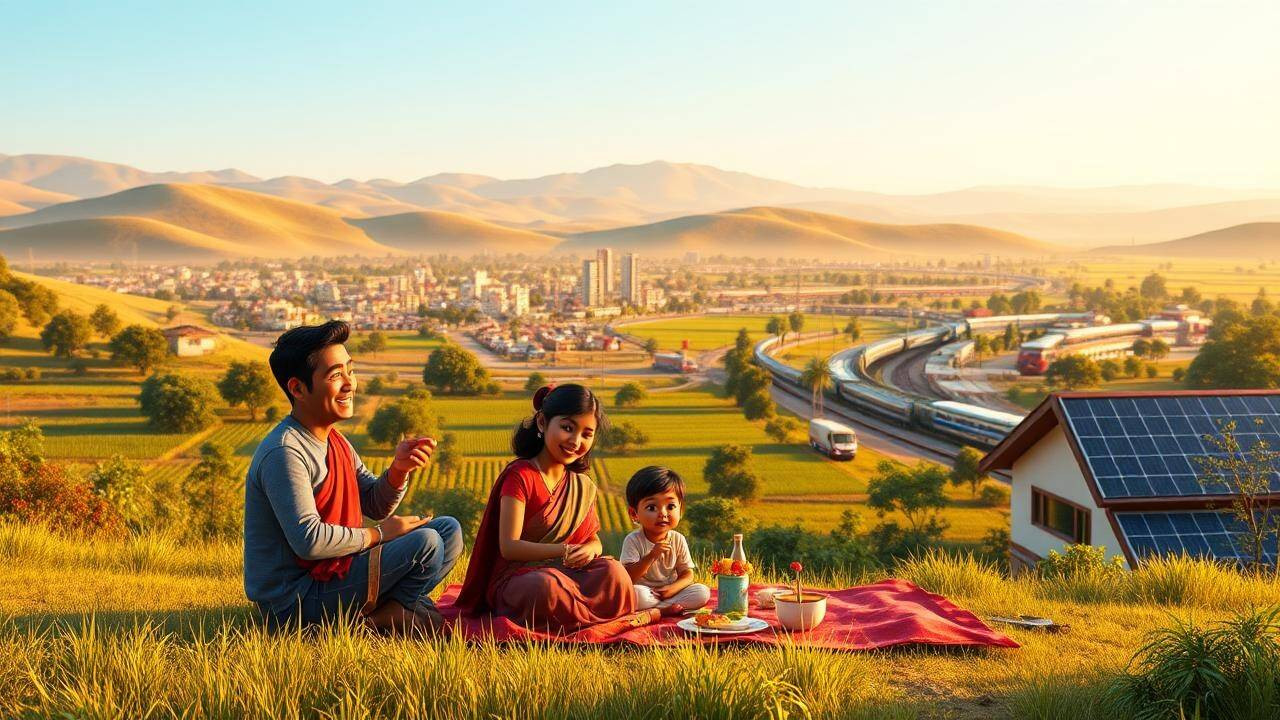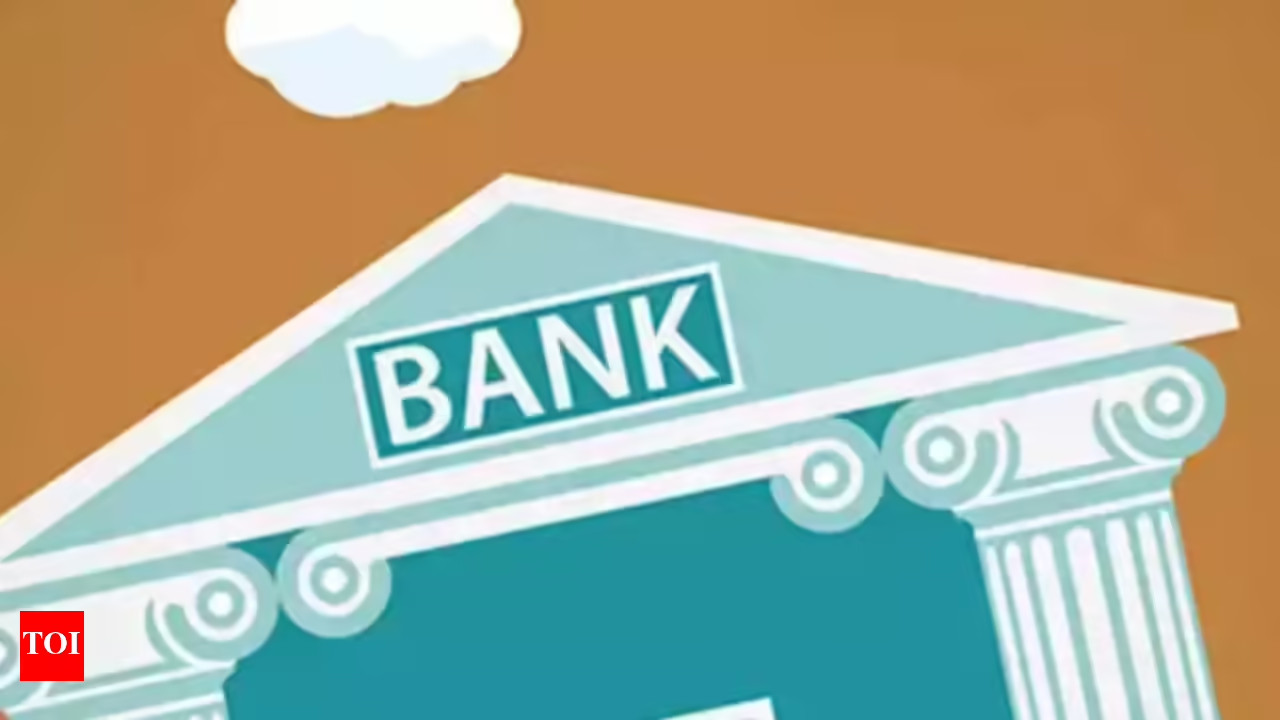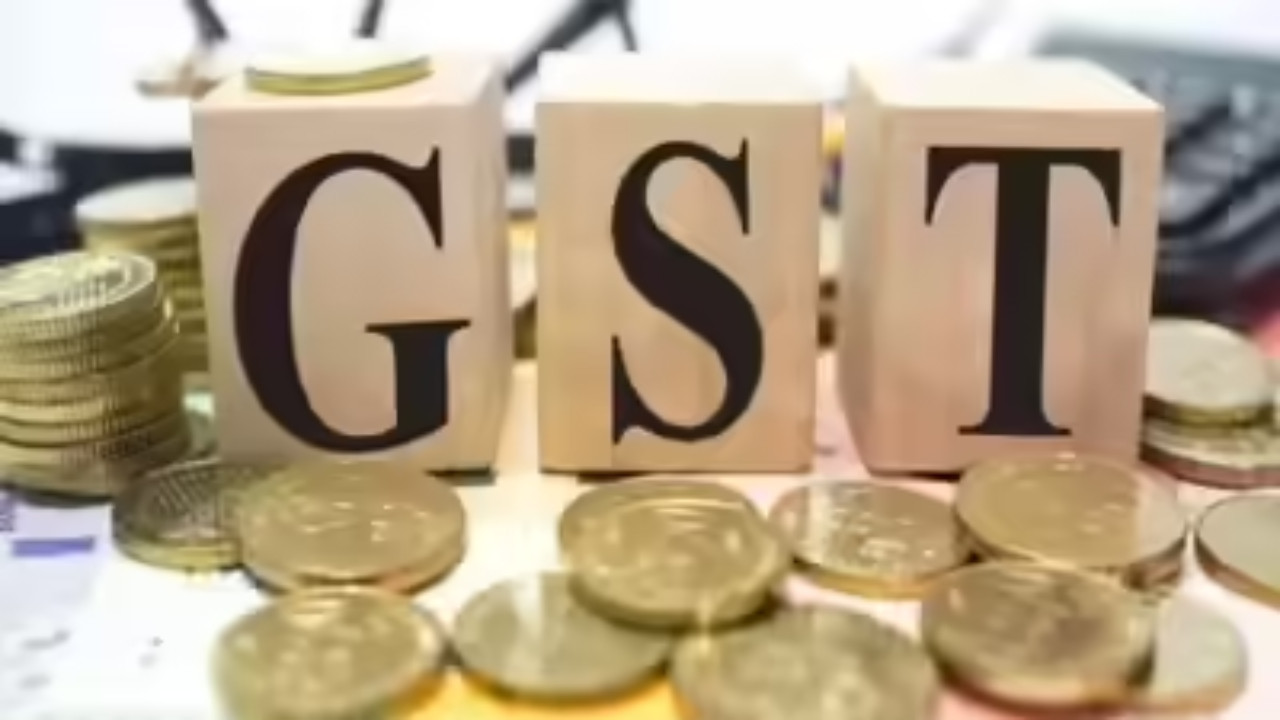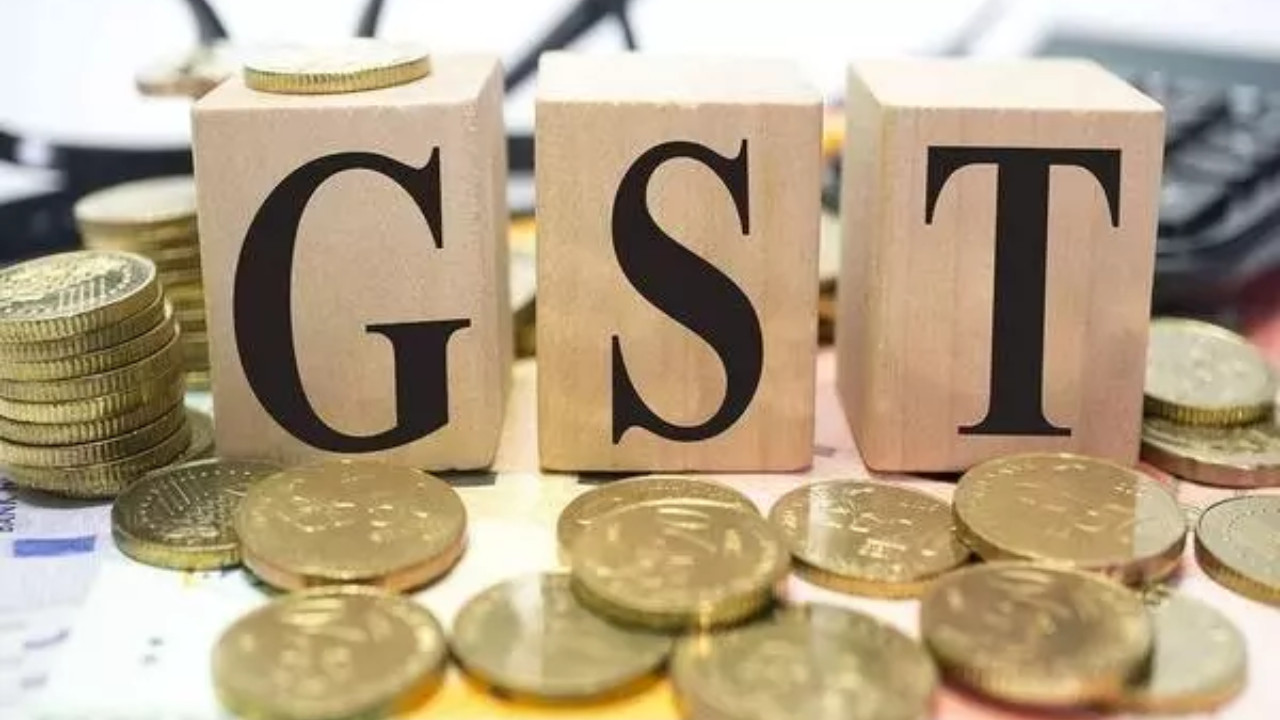India’s GDP has surged globally, yet per capita income lags, prompting a call for inclusive growth. A Llama Research report emphasizes shifting focus from macro achievements to individual prosperity. Despite challenges like global trade uncertainties, India’s strong policy framework and digital formalization offer tailwinds for sustained economic advancement and improved living standards.
India’s Growth Spurt: Are We All Feeling the Buzz?
India’s been the talk of the global town for a while now. We’re constantly hearing about its booming economy, the surging stock market, and the overall sense of progress in the air. And honestly, seeing the skyscrapers going up, the tech scene exploding, and the entrepreneurial spirit buzzing around, it’s hard not to feel a sense of national pride. But a nagging question keeps popping up in the back of my mind, and maybe it’s in yours too: Is all this growth actually translating into tangible improvements in the lives of everyday Indians?
That’s the crux of the matter highlighted in a recent report. The data paints a picture of impressive overall economic expansion, but it also throws light on a crucial disconnect. While India’s GDP has been climbing, the per capita income – that’s the average income per person – hasn’t quite kept pace. It’s like we’re driving a Ferrari, but many of us are still stuck in the passenger seat, not feeling the full force of the engine.
Why this discrepancy? Well, there are several factors at play. For starters, let’s acknowledge the sheer scale of India. We’re a nation of over a billion people, and distributing the benefits of economic growth across such a vast population is a monumental task. Think of it like pouring a bucket of water into a swimming pool – the overall level rises, but the change might not be immediately noticeable.
Then there’s the issue of inequality. The report subtly hints at it, and it’s something we all intuitively know: some sections of society are benefiting far more from the economic boom than others. A significant chunk of the wealth being generated seems to be concentrated at the top, leaving a large portion of the population struggling to keep up. It’s the classic tale of a rising tide lifting all boats, but some boats are much bigger and better equipped than others.
And let’s not forget the complexities of the Indian economy. While the tech sector and certain industries are thriving, other sectors, particularly agriculture, are facing challenges. A significant portion of the Indian population is still dependent on agriculture, and unpredictable weather patterns, lack of infrastructure, and outdated farming practices continue to hinder their progress. This creates a drag on overall per capita income growth.
Furthermore, factors like inflation and unemployment also play a significant role. If the cost of living is rising faster than wages, then even if the economy is growing, people might not actually feel any richer. Similarly, high unemployment rates mean that a large segment of the population is unable to contribute to the economy and, more importantly, unable to earn a decent living.
So, where do we go from here? The report essentially throws down the gauntlet, suggesting that India needs to shift its focus from mere economic expansion to inclusive growth. This means implementing policies that ensure that the benefits of economic progress are more widely distributed. It’s about creating opportunities for everyone, regardless of their background or location.
This could involve investing in education and skills development, particularly in rural areas, to equip people with the tools they need to participate in the modern economy. It could also mean strengthening social safety nets to protect vulnerable populations from economic shocks. And, of course, it means tackling inequality head-on, perhaps through progressive taxation policies and investments in infrastructure that benefit underserved communities.
The good news is that there’s a growing awareness of this issue. The government and various organizations are starting to recognize the need for a more inclusive approach to development. Initiatives aimed at promoting entrepreneurship, supporting small businesses, and improving access to healthcare and education are all steps in the right direction.
Ultimately, the success of India’s economic rise will be judged not just by the size of its GDP, but by the well-being of its citizens. We need to ensure that the fruits of our collective labor are shared more equitably, so that everyone has the opportunity to live a decent and fulfilling life. It’s not about slowing down the Ferrari, but making sure everyone gets a chance to ride, and maybe even learn to drive. India has the potential to be a true global powerhouse, but that potential can only be fully realized if we address the issue of inclusive growth and ensure that everyone feels the buzz of progress. This is a challenge, no doubt, but it’s one that we must embrace if we want to build a truly prosperous and equitable India.







